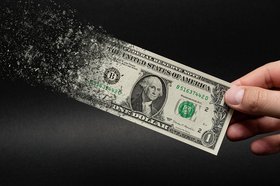Is Wine Inflation Proof? (How Prices Are Affected, How To Invest)
The pandemic has led to an unexpected rise in inflation, supply chain issues, and a global labor shortage.
For wine collectors and investors, this has presented a perfect opportunity to invest in fine wine.
That may lead you to ask: Is wine inflation proof?
Yes! Fine wine is an excellent inflation hedge and increases in price with inflation. In March 2020, when inflation was 1.5%, a bottle of Domaine D’Auvenay’s 2014 “Sous Chatelet” Aligote sold for $500, but in April 2022, when inflation was 7.4%, it sold for nearly $5,000.
Let’s discover how inflation affects wine prices and how fine wine is an excellent inflation hedge. We’ll also look at investing in fine wine through Vinovest.
Further reading
- Delve into the lucrative world of Fine Wine Investing with this comprehensive guide.
- Also, if you're looking to protect your portfolio, check out How to Hedge Against Inflation.
How Is Inflation Affecting Wine Prices?
Inflation (measured by the Consumer Price Index) increases the price of goods, services, and raw materials over time. Unfortunately (or fortunately), this includes your favorite sparkling wine, Pinot Noir, and Cabernet Sauvignon.
But why does inflation increase wine prices?
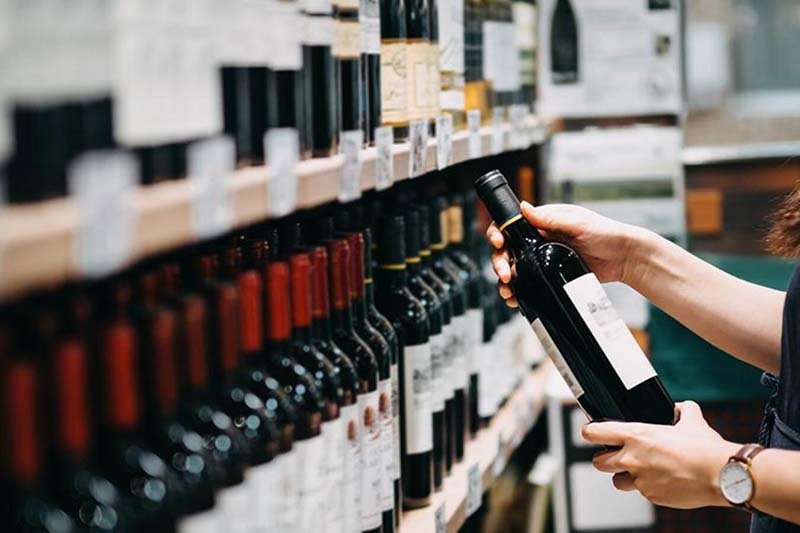
Under inflationary pressure, the price of raw materials and inputs used in wine production increases.
For example, an increase in inflation raises oil prices, which increases shipping costs. Wine producers compensate for these cost increases by raising consumer prices. Also, the pandemic has led to global supply chain issues and a labor shortage, which compound price increases.
Furthermore, price inflation in recent months has led to a price increase in glass bottles.
These high inflation rates caused bottle manufacturers to charge wineries higher prices - further raising the wine prices.
How has the grape supply affected prices?
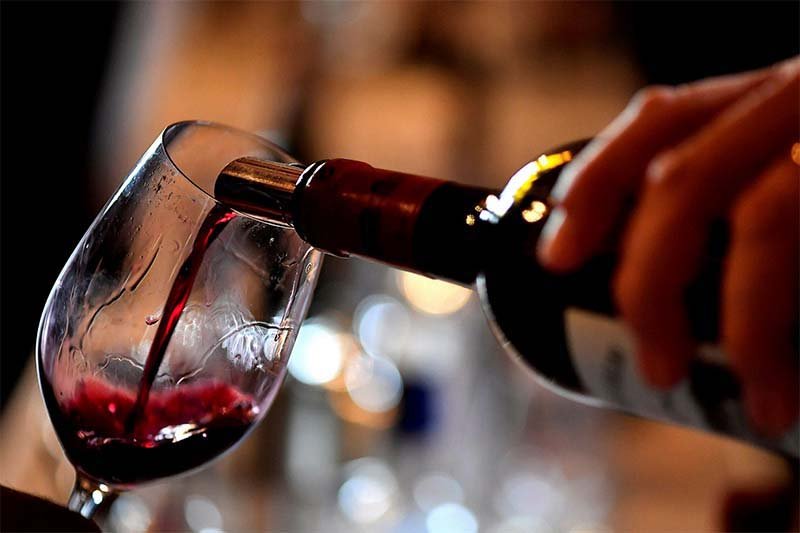
A constraint on the global grape supply has lowered wine production, and if there’s less wine to sell, producers raise prices to compensate - contributing to high inflation rates.
Miles Beale (CEO of the Wine And Spirit Trade Association) said, “I can’t remember a 12-month period where there were so many challenges in so many regions.” In 2021, nearly every wine-producing region witnessed extreme weather conditions, which contributed to the grape shortage and price increases.
How are wineries trying to prevent price hikes?

The rising cost of transporting and bottling wine means the wine industry is looking to decrease its expenses. But they can’t reduce the distance they need to transport wines.
An Australian wine can only come from an Australian winery, and a bottle of Screaming Eagle Cabernet Sauvignon can only come from the fruit of a single 19-acre plot in Napa Valley. So, wineries are looking to cut costs in other ways like reducing the weight of their packaging.
One alternative under consideration is using boxes, which are lighter and cheaper than glass bottles. However, they’re not good for fine wine. And although the wine industry is trying everything it can to reduce costs, a price increase appears likely.
However, there is a bright side. Fierce competition in the wine market helps keep consumer cost increases to a minimum. Wine producers don’t want to increase their prices more than other producers because customers might prefer to buy a more affordable wine instead.
Although the wine industry can do little to prevent price hikes, the Wine And Spirit Trade Association thinks, “this is a temporary disruption.”
Now, let’s find out how inflation can actually benefit wine investors.
Is Wine Inflation Proof?

Wine is an alternative asset and an excellent inflation hedge because the price of wine increases with rising inflation, especially the price of extraordinary vintage wines.
So, if you buy bottles of wine to sell them for higher prices in the future, inflation will actually benefit you.
Fine wine also has a low correlation with other asset classes that benefit from interest rates like bonds. So, when inflationary pressure reduces the interest rates on other assets, fine wine holds firm - making it an ideal portfolio diversifier for savvy investors.
For example, fine wine outperformed Consumer Price Index inflation in 2021, and in the last 15 years, the S&P 500 generated 8.5% annualized returns, while the fine wine market generated 13.6% annual returns.
Fine wine also outperformed the Global Equity Index by 1.88% over the past 15 years, including during downturns.
Even in 2020, during the first 6 months of the pandemic, wine sales grew 19.3% by volume and 24.7% by value.
Furthermore, a stark demand and supply imbalance helps fine wine investments outperform rising inflation. This is because only 1% of all wines are considered investment-worthy, and a global constrain on the grape supply further limited the production.
On the demand side, fine wine sales have been rising for several years now, even when consumer preferences shifted to spirits during the pandemic.
This steady increase in demand coupled with limited supply means wine lovers are willing to pay astronomical prices for extraordinary vintages.
Now, let’s see how you can inflation-proof your portfolio with fine wine.
Invest In Fine Wine Through Vinovest
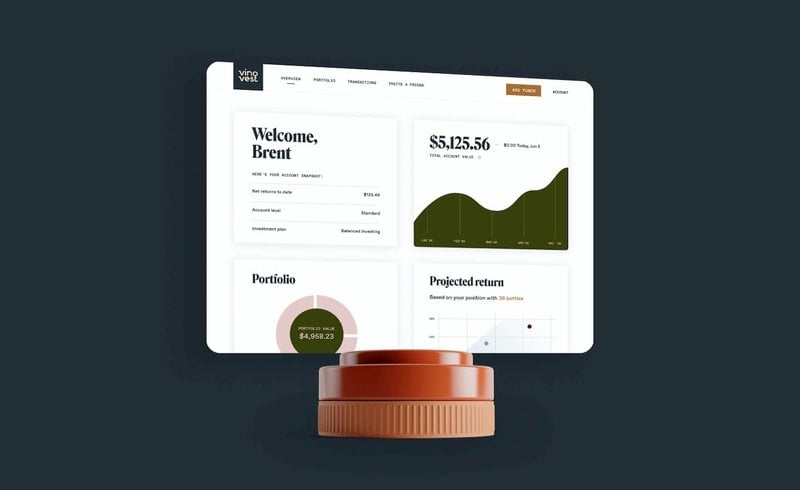
There are multiple ways to begin your fine wine investment journey. You can buy and store bottles yourself, bid at auctions, or consult a wine broker who will procure bottles for you.
However, finding temperature and humidity-controlled storage facilities can be a hassle, and tracking down a reliable and trustworthy broker can be difficult.
Why not let Vinovest handle the hard work for you?
Vinovest is an expert wine investment company that will source, authenticate, and sell fine wine for you from around the world, be it France, Italy, or New Zealand. It will store your bottles in temperature and humidity-controlled bonded warehouses and find the highest price buyer when you decide to sell your bottles.
Vinovest’s advanced AI-based online platform takes thousands of vintage wines into account and builds a portfolio of rare and authentic wines for you.
Here is how you can start investing in fine wine through Vinovest.
- Sign up: Your name, email, and password are all you need to create an account.
- Fill out the questionnaire: Fill in a short questionnaire to help Vinovests’s master sommeliers gauge your risk preference and investment style.
- Fund your account: Add funds to your account (minimum $1,000.)
- Customize your portfolio: Vinovest’s algorithm will use your answers to display ideal wine bottles for you.
- Watch your account grow: Grab a glass of Pinot Noir or sparkling wine and watch as your portfolio grows.
Vinovest sources wines directly from top wineries, global exchanges, and trusted wine merchants at the best possible prices. Its network also has access to up-and-coming vineyards, private sales, and limited release bottles for your portfolio.
Fine Wine: The Ultimate Inflation Hedge!
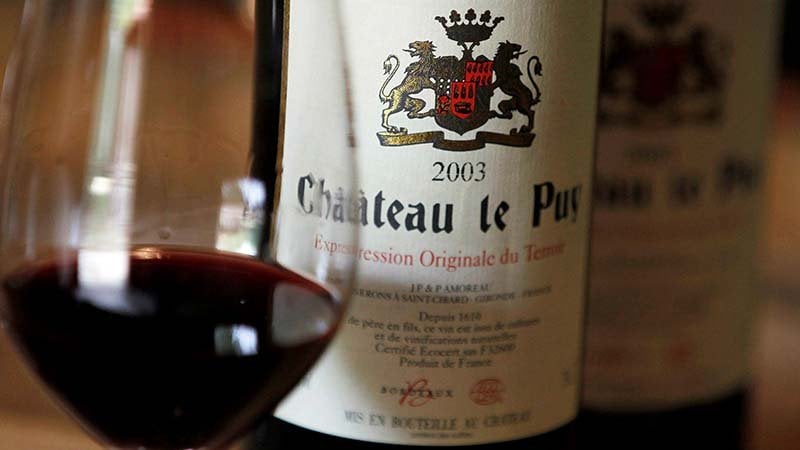
Inflation affects virtually all investments, even fine wine. But, when inflation raises fine wine consumer prices, it can actually benefit you if you’ve built a collection before inflation, as you can now sell it for more.
Sign up with Vinovest today to begin your fine wine investment journey and procure exceptional wines from anywhere around the world, whether you’re in New York, Los Angeles, or New Zealand.

